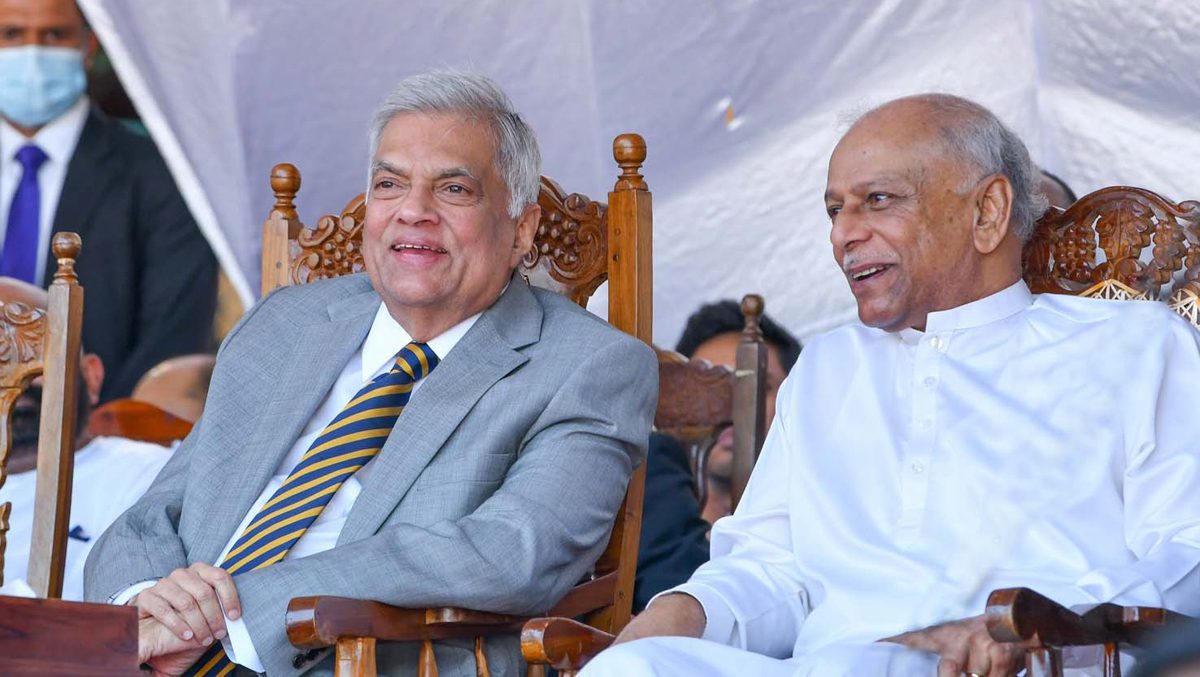General
Sri Lanka’s ‘Royal’ mess explained by old boy: Namal Suvendra


ECONOMYNEXT – Sri Lanka has unveiled a draft for a new Monetary Law Act which will give independence for the central bank to operate flexible policy and implement both monetary and exchange rate policy.
The central bank will have two primary objectives under clause 06.
(1) The primary object of the Central Bank shall be to achieve and maintain domestic price stability.
(2) The other object of the Central Bank shall be to secure the financial system stability.
It is also seeking from legislators powers to support government policy and target an output gaps (growth).
Subject to the two objectives the central bank “shall” support the general economic policy framework of the Government provided for in any law.
In seeking price stability, the central bank “shall take into account, inter alia, the stabilization of output towards its potential level.
In the existing law there was no specific legal authority for the central bank to print money to boost growth, ex-Deputy Central Bank Governor W A Wijewardene had said. The stimulus or output gap targeting which led to currency crises was probably illegal.
The central bank would implement both money and exchange policies under the new law.
According to the new Section 20:
(1) Subject to the provisions of this Act, the powers, duties and functions of the Central Bank shall be to –
(a) determine and implement monetary policy; (b) determine and implement the exchange rate policy;
(c) hold and ensure the prudent and effective
management of the official international reserves of Sri Lanka.
According to Section 11 of the new law:
“(1) There shall be a Monetary Policy Board of the Central Bank (in this Act referred to as the “Monetary Policy Board”), which is charged with the formulation of monetary policy of the Central Bank and implementation of a flexible exchange rate regime in line with the flexible inflation targeting framework in order to achieve and maintain domestic price stability.:
In the previous law, under primary objectives, then Central Bank Governor A J Jayewardene removed a responsibility for exchange rate policy (stabilizing the external value do the rupee), after more active open market operations was developed as a pre-cursor to moving towards inflation targeting with a floating rate.
However, in practice the central bank continued to intervene in forex markets, collect reserves and sell, operating a so-called impossible trinity policy regime, triggering a series of currency crises especially from 2012 amid more aggressive open market operations, eventually leading to external default, according to critics.
Critics have called for tight laws to block the central bank from operating conflicting money and exchange rate policies and either confine it to operating monetary policy (low inflation targeting with a controlled interest rates), abandoning exchange rate policy or operate a hard peg and abandon money printing to suppress rates.
Sri Lanka’s legislators have in the past uncritically passed exchange and import controls law robbing the liberties of citizens, instead of blocking conflicting money and exchange policies of the central bank.
The new law however will not have provisional advances, a method that limited money printing above the 1950 anchor to 10 percent of expected revenues.
Legislator Kabir Hashim, an economist, has already fired a warning shot, pointing out that the country’s economic bureuacrats have ignored top classical economists who advised Sri Lanka including Singapore economic architect Goh Ken Swee (who called for a hard peg) and B R Shenoy who called for a clean float.
Related
Sri Lanka ignored Singapore’s Goh, flexible CB law not a change: Kabir
Sri Lanka’s central bank needs accountability and restraint, not independence: Bellwether
Tight non-conflicting rules, removing discretion will help end 70 years of exchange and import controls and allow the country to have free trade once again and grow according to critics.
Sri Lanka is expected to print money target a high inflation of around 5 percent, about two and a half times the rate of countries with monetary stability. Ghana was targeting around 7 percent inflation when it defaulted. (Colombo/Feb24/2023)








